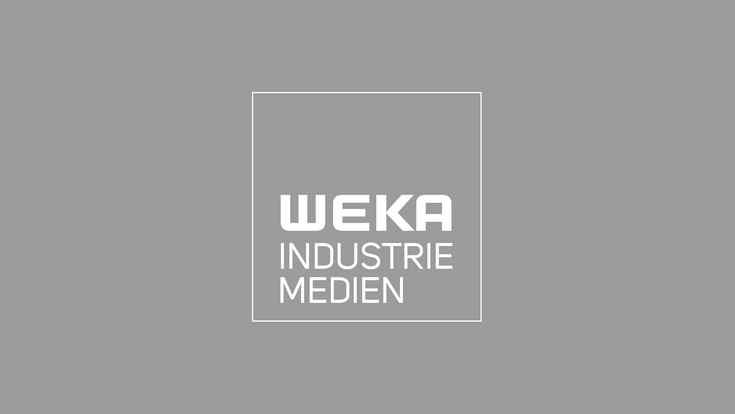Procter & Gamble Partners with TerraCycle to Boost Recycled Content : P&G’s New Fairy Ocean Plastic Bottle Uses Recycled Plastic Waste from the Oceans

Consumer goods giant, Procter & Gamble has launched Fairy Ocean Plastic bottle, made entirely from post-consumer recycled (PCR) plastic and plastic recovered from the ocean.
The launch of the bottle aims to raise awareness of the issue of ocean plastic and what can be done to prevent plastic waste from reaching the ocean.
The first-ever Fairy Ocean Plastic Bottle has been created in partnership with recycling expert TerraCycle and will reach British consumers in 2018. In the UK the launch will include 320,000 bottles, the largest production run of recyclable dish soap bottles in the world made using ocean plastic.
The innovative bottle will be made from 10% ocean plastic, collected from the ocean and beaches around the world, and 90% post-consumer recycled plastic.
The project aims to drive awareness of the issue of ocean plastic pollution, inspire consumers to physically participate in beach clean-ups and recycle household waste.
Stemming the flow of plastic into the ocean is crucial to preserving the health of our ocean. According to the Ellen MacArthur Foundation (EMF) 95% of the value of plastic packaging material, worth $80-120 billion annually, is lost to the economy and on the current track, there could be more plastic than fish in the ocean (by weight) by 2050[1].
In an effort to divert plastic waste from landfill and the ocean, P&G brands, including Fairy, Dawn, Yes, Dreft and Joy, will continue to divert 8000 metric tonnes of plastic from landfill for use in transparent plastic bottles, using an average of 40% Post-Consumer Recycled plastic content across 481 million transparent dish care bottles globally. The company said that if stacked, these bottles would be 11 times the height of Mount Everest.
“As the world’s no. 1 dishwashing liquid globally and a much-loved brand in the UK, we want to use Fairy to raise awareness about the plight of our ocean and raise awareness about the importance of recycling,“ commented Virginie Helias, Vice President of Global Sustainability at Procter & Gamble.
Tom Szaky, the CEO of TerraCycle added: “The issue of ocean pollution is a pertinent one, we hope other brands will be inspired to think creatively about waste and make the circular economy a reality.’’
Susan Ruffo, Managing Director at Ocean Conservancy said: ‘’We are excited that in addition to its work to reach consumers directly through the Fairy bottles, they {P&G} are also addressing the source of ocean plastic by supporting our initiative to raise over $150 million over the next five years to improve waste collection, sorting and recycling in key ocean plastic economies.”
“Improving waste management in these places can help cut the flow of plastic going into the ocean by half by 2025,” he concluded.
Read More
Plastic Oceans & Canadian Wildlife Federation to Tackle Single Use Plastics
The Canadian arm of Plastic Oceans has teamed up with conservation charity, the Canadian Wildlife Federation to reduce the use of single use plastics.
IN DEPTH: Redefining Plastics in the Circular Economy
With growing concern across the plastics value chain WMW looks at a number of ambitious recently been launched circular economy initiatives.
IN DEPTH: Smarter Plastics for a Circular Economy
Trying to achieve a circular economy with existing plastics is like trying to fit a round peg into a square hole. Zoë Lenkiewicz explains why doing better means embracing change.

